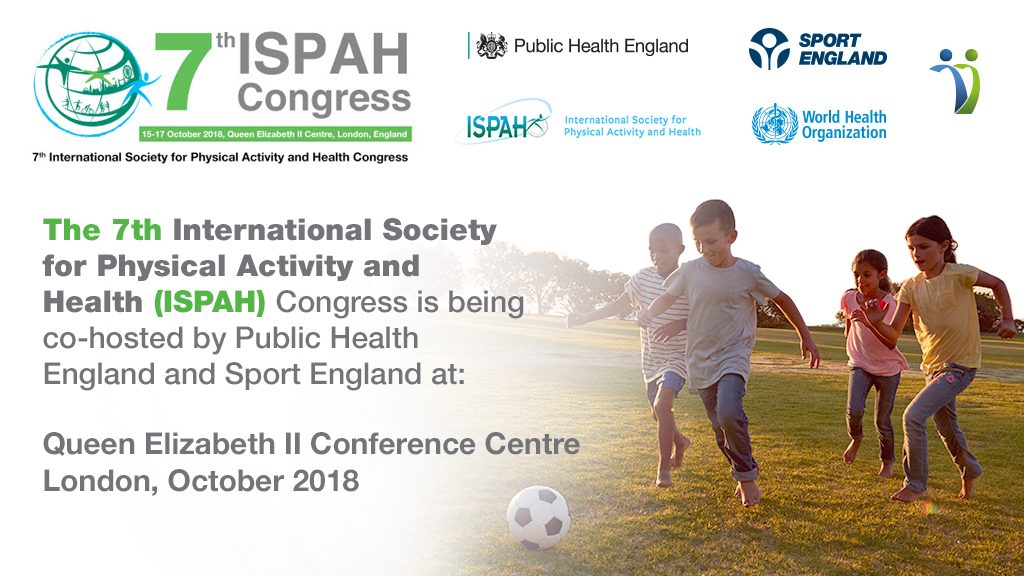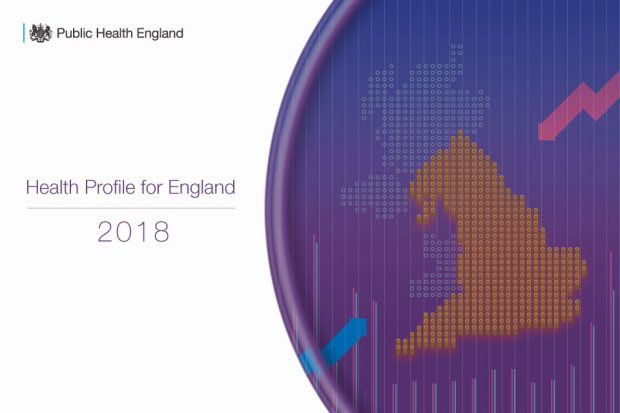Why have increases in life expectancy slowed down in England?

Find out why improvements in mortality rates and life expectancy in England have slowed down considerably since 2011 for both men and women.

Find out why improvements in mortality rates and life expectancy in England have slowed down considerably since 2011 for both men and women.

Caroline Dinenage, Minister of State for Care at the Department of Health and Social Care, explains why we need to look not just at healthcare but to the wider community when it comes to preventing ill health.

Digital technology can play a crucial role in bringing revolutionary changes to how people are supported to live healthier lives. Find out how predictive prevention will play a major part in this.

In this guest blog Matt Hancock MP, the Secretary of State for Health and Social Care, outlines his vision for prevention.

PHE’s Chief Executive Duncan Selbie explains why the Secretary of State’s prevention vision is a transformative moment for public health.

As the latest alcohol and drug treatment statistics are released, we take a look at the main issues that this year’s stats have shown us.

Most of us want to live in good health for as long as possible; but while people are generally living longer, outcomes still vary hugely across the country as disturbing inequalities persist. PHE has been centrally involved in a new analysis of the Global Burden of Disease study, published today in The Lancet, which we explain the …

Find out how PHE is working towards increasing physical activity in every level of society.

Cardiovascular disease (CVD) is one of the largest causes of preventable death, ill health and health inequalities in England. Find out how a greater focus on prevention could reduce up to 80% of CVD cases.

The first update to our Health Profile for England report sets out the most comprehensive picture of the health of the population, as well as future trends, and forecasting what the story might look like in years to come.